
|
|
ENCYCLOPEDIA OF RADIO ELECTRONICS AND ELECTRICAL ENGINEERING Passive tone controls. Encyclopedia of radio electronics and electrical engineering
Encyclopedia of radio electronics and electrical engineering / Audio equipment In this article, readers are offered a number of different tone controls in terms of circuitry and functionality, which can be used by radio amateurs in the development and modernization of sound reproducing equipment. The main disadvantage of the recently popular active tone controls is the use of deep frequency-dependent feedback and large additional distortions that they introduce into the regulated signal. That is why it is desirable to use passive regulators in high-quality equipment. True, they are not without flaws. The largest of them is a significant signal attenuation corresponding to the control range. But since the depth of tone control in modern sound reproducing equipment is small (no more than 8 ... 10 dB), in most cases it is not required to introduce additional amplification stages into the signal path. Another, not so significant, drawback of such regulators is the need to use variable resistors with an exponential dependence of resistance on the angle of rotation of the engine (group "B"), which provide smooth regulation. However, the simplicity of design and high quality indicators still incline designers to use passive tone controls. It should be noted that these regulators require a low output impedance of the stage that precedes them and a high input impedance of the subsequent one. The tone control [1952] developed by the English engineer Baksandal back in 1 became, perhaps, the most common frequency corrector in electroacoustics. Its classical version consists of two first-order filter sections forming a bridge - a low-frequency R1C1R3C2R2 and a high-frequency C3R5C4R6R7 (Fig. 1a). The approximated logarithmic amplitude-frequency characteristics (LAFC) of such a controller are shown in fig. 1b. The calculated dependences for determining the time constants of the LAFC inflection points are also given there.
Theoretically, the maximum achievable frequency response slope for first-order links is 6 dB per octave, but with practically implemented characteristics, due to a slight difference in the inflection frequencies (no more than a decade) and the influence of previous and subsequent cascades, it does not exceed 4 ... 5 dB per octave. When adjusting the tone, the Baksandal filter only changes the slope of the frequency response without changing the inflection frequencies. The attenuation introduced by the regulator at medium frequencies is determined by the ratio n=R1/R3. The frequency response control range in this case depends not only on the attenuation value n, but also on the choice of inflection frequencies of the frequency response, therefore, to increase it, the inflection frequency is set in the mid-frequency region, which, in turn, is fraught with the mutual influence of adjustments. In the traditional version of the considered controller R1/R3=C2/C1= =C4/C3=R5/R6=n, R2=R7=n-R1. In this case, an approximate coincidence of the frequencies of the inflection of the frequency response in the region of its rise and fall is achieved (in the general case, they are different), which ensures a relatively symmetrical regulation of the frequency response (the fall, even in this case, inevitably turns out to be steeper and more extended). With the commonly used n=10 (for this case, the minimum values of the element ratings are shown in Fig. 1, a-3, a) and the choice of crossover frequencies near 1 kHz, the tone control at frequencies of 100 Hz and 10 kHz relative to the frequency of 1 kHz is ±14. ..18dB. As noted above, in order to achieve smooth control, the variable resistors R2, R7 must have an exponential control characteristic (group "B") and, in addition, to obtain a linear frequency response in the middle position of the regulator sliders, the ratio of the resistances of the upper and lower (according to the circuit) sections of the variable resistors should also be equal to n. With the "Hyend" n=2...3, which corresponds to the regulation range of ±4...8 dB, it is quite acceptable to use variable resistors with a linear dependence of resistance on the angle of rotation of the engine (group "A"), but at the same time, the adjustment is somewhat coarsened in the region of the decline in the frequency response and stretched in the region of the rise, and a flat frequency response is obtained by no means in the middle position of the regulator engines. On the other hand, the resistance of the dual variable resistor sections with linear dependence is better matched, which reduces the frequency response mismatch of the channels of the stereo amplifier, so that uneven regulation in this case can be considered acceptable. The presence of the resistor R4 is not important, its purpose is to reduce the mutual influence of the links and bring together the inflection frequencies of the frequency response in the region of higher audio frequencies. As a rule, R4= =(0,3...1,2)'R1. As shown below, in some cases it can be completely abandoned. To reduce the influence of the previous and subsequent stages on the controller, their output Rout and input Rin resistance should be respectively Rout < >R3. The above "basic" version of the regulator is usually used in high-end radio equipment. In household appliances, a somewhat simplified version is used (Fig. 2a). The approximated logarithmic amplitude-frequency characteristics (LAFC) of such a controller are shown in fig. 2,6. The simplification of its high-frequency link led to some vagueness of the regulation in the region of higher frequencies and to a more noticeable influence of the previous and subsequent cascades on the frequency response in this region.
A similar corrector for n = 2 (with variable resistors of group "A") was especially popular in simple amateur amplifiers [2] of the late 60s - early 70s (mainly due to low attenuation), but soon the value of n increased to its current value. Everything said above regarding the range of regulation, matching and choice of regulators is also true for a simplified version of the corrector. If we abandon the requirement of symmetrical regulation of the frequency response in the areas of their rise and fall (by the way, the need for a decline practically does not arise), then the circuit can be further simplified (Fig. 3, a). Shown in fig. Z.b LACHH of the regulator correspond to the extreme positions of the engines of the resistors R2, R4. The advantage of such a regulator is simplicity, but since all its characteristics are interconnected, it is advisable to choose n = 3 ... 10 for the convenience of regulation. As n increases, the steepness of the rise increases, while that of the fall decreases. Everything said above about the traditional versions of the Baksandal corrector fully applies to this extremely simplified version.
However, the Baksandal tone control circuit and its variants are by no means the only possible implementation of a passive two-band tone control. The second group of regulators is made not on the basis of bridges, but on the basis of a frequency-dependent voltage divider. As an example of an elegant circuitry solution for a regulator, we can cite a tone block, which was once used in various variations in tube electric guitar amplifiers. The "highlight" of this control is the change in the frequencies of the inflection of the frequency response in the process of tone control, which leads to interesting effects in the sound of a "classical" electric guitar. Its basic scheme is shown in Fig. 4a, and the approximated LFCs are shown in Fig. 4,6. The calculated dependences for determining the time constants of the inflection points are also given there.
It is easy to see that adjustment in the region of lower audio frequencies changes the inflection frequencies without changing the slope of the frequency response. When the slider of the variable resistor R4 is in the lower (according to the scheme) position, the frequency response at lower frequencies is linear. When the engine is moved upwards, a rise appears on it, and the inflection point in the process of regulation shifts to the region of lower frequencies. With further movement of the slider, the upper (according to the scheme) section of the resistor R4 begins to shunt the resistor R2, which causes a shift in the high-frequency inflection point to higher frequencies. Thus, when adjusting, the rise of low frequencies is complemented by the fall of the middle ones. The higher audio frequency regulator is a simple first-order filter and has no special features. On the basis of this scheme, you can build several options for timbre blocks that allow you to adjust the frequency response in the low and high frequencies. Moreover, in the region of lower frequencies, both an increase and a decrease in the frequency response are possible, and at higher frequencies, only an increase. A variant of the timbre block with frequency response control of the frequency response in the low-frequency region is shown in fig. 5,a, its LACHH - in fig. 5,6. Resistor R2 controls the inflection frequency of the frequency response, and R5 - its slope. The combined action of regulators allows you to get significant limits and greater control flexibility.
A diagram of a simplified version of the timbre block is shown in fig. 6a, its LACHH - in fig. 6,6. It is, in essence, a hybrid of the low-frequency element of the timbre block shown in Fig. 3, a, and the high-frequency link of the timbre block shown in Fig. 4, a.
By combining the frequency response control functions in the low-frequency and high-frequency regions, you can get a simple combined tone control with one control, very convenient for use in radio and car equipment. Its schematic diagram is shown in fig. 7,a and LACHH - in fig. 7b. In the lower (according to the scheme) position of the engine of the variable resistor R1, the frequency response is close to linear over the entire frequency range. When moved upwards, a rise appears at lower frequencies, and the low-frequency inflection point in the process of regulation shifts to lower frequencies. With further movement of the engine, the upper (according to the scheme) section of the resistor R1 turns on the capacitor C1, which leads to a rise in higher frequencies.
When replacing the variable resistor R1 with a switch (Fig. 8, a and 8, b), the considered regulator turns into the simplest tone register (position 1 - classic; 2 - jazz; 3 - rock), popular in the 50s and 60s and re-used in the equalizers of radio tape recorders and music centers in the 90s.
Despite the fact that it would seem that everything has been said about tone control for a long time, the variety of passive corrective circuits is not limited to the proposed options. Many forgotten circuit solutions are now experiencing a rebirth at a new qualitative level. Very promising, for example, is a volume control with separate loudness control for low and high frequencies [3]. Literature
Author: A. Shikhatov, Moscow; Publication: N. Bolshakov, rf.atnn.ru
Machine for thinning flowers in gardens
02.05.2024 Advanced Infrared Microscope
02.05.2024 Air trap for insects
01.05.2024
▪ Live cell weight change control in real time ▪ Samsung Odyssey Ark 4K monitor ▪ Secret passages found in the Great Wall of China ▪ Magnetic monopoles in a cold quantum gas medium
▪ section of the site Civil radio communications. Article selection ▪ article Armed and very dangerous. Popular expression ▪ article How is the distance to the stars measured? Detailed answer ▪ article Bosun's knot. Travel Tips ▪ article Automated battery charger. Encyclopedia of radio electronics and electrical engineering ▪ article Thermostat from a timer. Encyclopedia of radio electronics and electrical engineering
Home page | Library | Articles | Website map | Site Reviews www.diagram.com.ua |






 Arabic
Arabic Bengali
Bengali Chinese
Chinese English
English French
French German
German Hebrew
Hebrew Hindi
Hindi Italian
Italian Japanese
Japanese Korean
Korean Malay
Malay Polish
Polish Portuguese
Portuguese Spanish
Spanish Turkish
Turkish Ukrainian
Ukrainian Vietnamese
Vietnamese
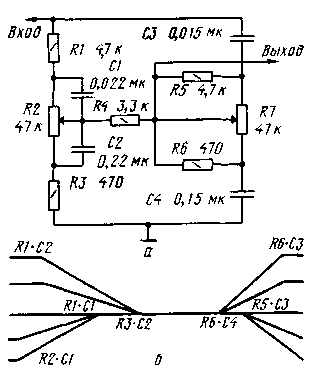
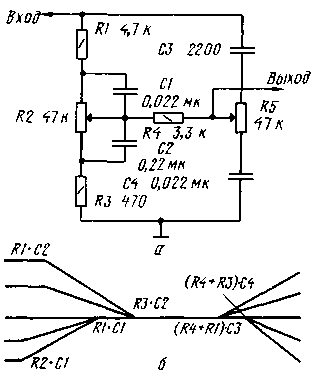
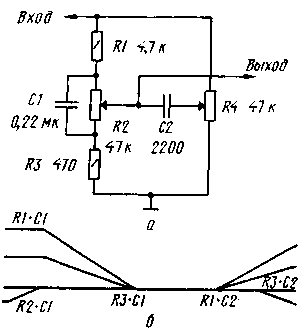

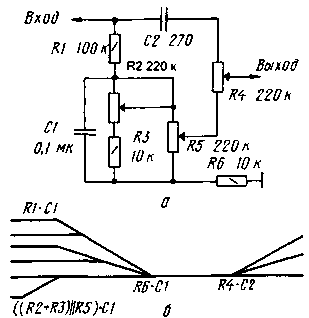
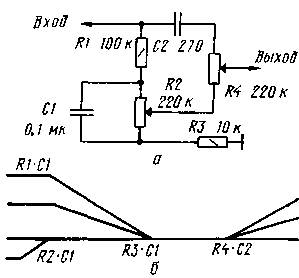
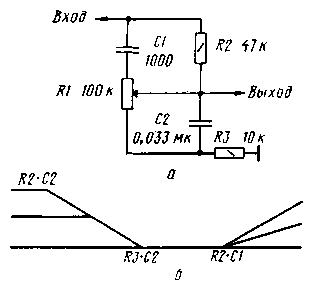
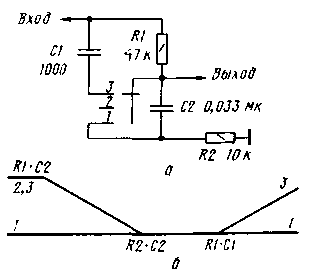
 Leave your comment on this article:
Leave your comment on this article: